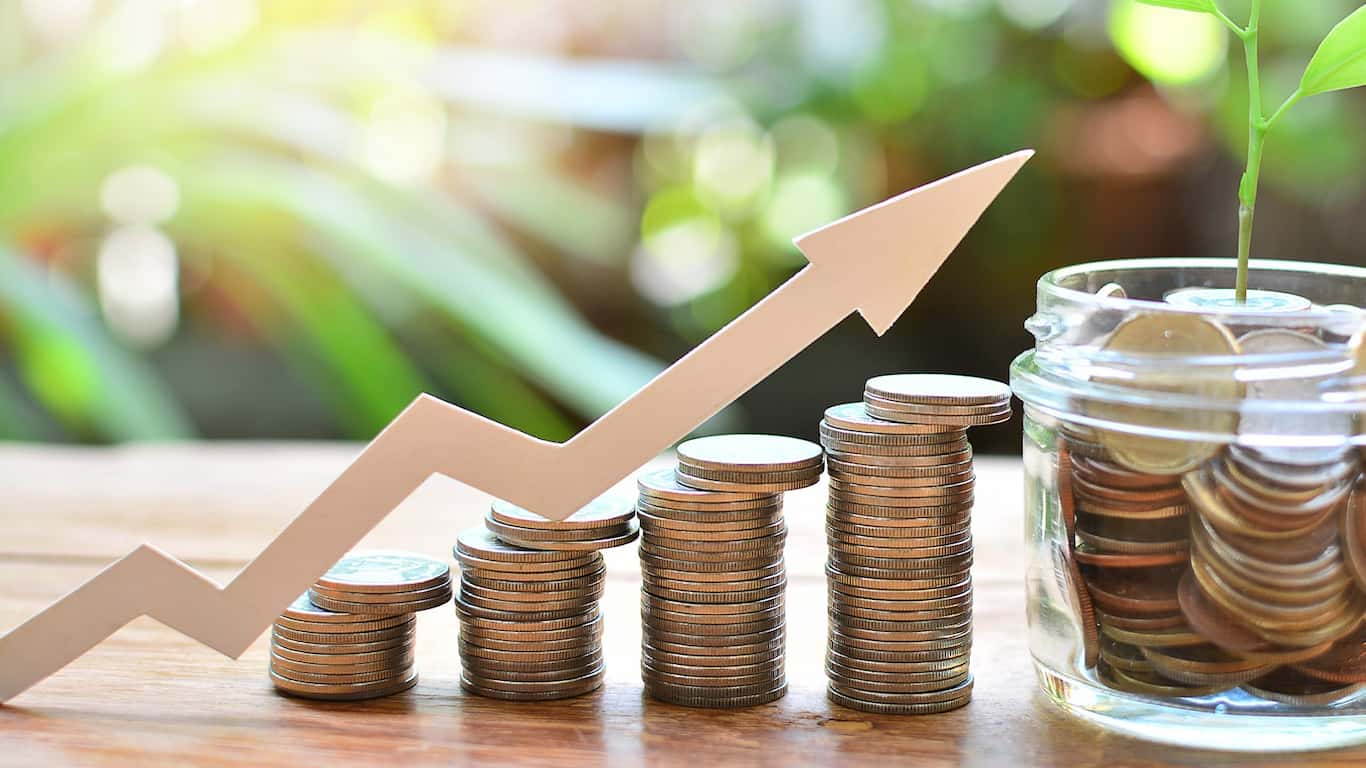The Best Savings Accounts To Start An Emergency Fund
Almost 40% of American adults wouldn’t be able to cover a $400 emergency expense, according to the results of a May 2019 survey by the Federal Reserve.
Respondents said they wouldn’t be able to cover the bill with cash, savings or a credit-card charge that they could quickly pay off and would have to either borrow from friends or incur long-term credit card debt. It can be scary to consider where the money would come from — how asking for a loan from a family member might strain your relationship, or how interest payments quickly add up..
Emergency medical care, car repairs or layoffs would jeopardize anyone’s financial security. With an emergency fund savings account, you can prepare for these kinds of expenses and start saving in a dedicated account. Saving money on top of an already tight budget seems daunting, but by setting aside small amounts little by little can add up to peace of mind and a comfortable buffer in case of the unexpected.
How Much Do I Need In My Emergency Fund?Unlike long-term savings goals, like a child’s college fund or a retirement account, emergency funds need to be liquid — you need to be able to access your cash in the moment.
Most experts recommend setting aside three to six months of living expenses. This could support needed time away, if you have to care for a family member or loved one, or supplement unemployment benefits. Emergency funds can help you anticipate sudden (and often expensive) events with bills that need to be paid immediately:
Car repair
House or appliance repair
Unexpected medical or dental expenses
Veterinary bills
Layoffs
Unemployment
Whether you don’t have a savings account or you’re looking for one with higher interest, Fiona can help you look for high yield savings accounts that can build your buffer for these unexpected emergencies. Fiona is an online search, comparison and recommendation platform that simplifies the process of finding saving accounts from the top providers. Fiona gives you personalized offers based on your information and helps you choose the best account for your financial goals.
This doesn’t mean you need to save a six-month’s equivalent to your current income. Set goals based on the necessary expenses you’d absolutely have to cover. If you lost your job, for example, you might forgo dining out or gym memberships until you find your footing again. Your emergency fund should ideally have enough to cover housing, groceries, utilities and transportation, as well as health care insurance.
This might sound like an impossible task. If you’re starting from scratch, it might make sense for you to choose a smaller goal to start. Maybe saving $500 would help you meet your car insurance deductible, so if a minivan backs into you in the grocery store parking lot, you can cover those repairs. Maybe $1,000 would be enough to cover rent. Choose a goal that works for your budget and your circumstances.
Instead of starting big, decrease your stress levels by saving a little money over time. Gradual incremental increases still get you closer to your goal, without requiring you to go without. If you could put away 10% of your paycheck, you’d have three months of emergency funds in just a little over two years. Even $20 a week adds up to over $1,000 in a year, not including any interest on savings accounts.
Fiona finds and compares online savings accounts with high APYs to earn you more interest on your emergency fund.GET RATESChoosing The Best Savings AccountTax-deferred retirement accounts, like a 401(k), are designed to work in the long-term. If you try to access them early, you’ll have to pay penalties in addition to the tax you deferred when you set up the account. That gives you less money to handle your emergency and results in a lot of wasted fees. You’re also taking that money out against your future self — the real value of retirement accounts comes in how your balance compounds interest over decades.
High annual percent yield (APY) savings accounts help your money add up faster. With more than 2% APY, some online banks offer more than twenty times the annual interest of traditional banks. Savings accounts offer convenient access to your money when you need it, so you can flexibly take out what you need to cover a burst pipe or new tires without penalties.
When banks are members of the Federal Deposit Insurance Corp, your savings will be insured for up to $250,000, keeping your money safe and secure. While investments rise and fall with the market, savings accounts provide stability and FDIC-insured banks give you the peace of mind that the money will be there when you need it.
Many online banks are digital arms of major financial institutions. Others operate entirely in the digital sphere without the extra costs associated with running a physical location. On Fiona, you can seek out savings accounts with low fees that won’t charge you for using ATMs outside of their network or for falling below a certain balance.
Building an emergency fund is an intimidating and frustrating process — especially when it feels like you need that money now. But by gradually depositing money into a high yield savings account, you can create a protective cushion for the good times and the bad.
You might also be interested in
Disclaimer: The material provided on this site is not intended to provide legal, investment, or financial advice or to indicate the suitability of any Engine by MoneyLion product or service to your unique circumstances. For specific advice about your unique circumstances, you may wish to consult a qualified professional. Any information or statistical data sourced by Engine by MoneyLion through hyperlinks, from third-party websites, are provided for informational purposes only. While Engine by MoneyLion finds these sources to be accurate, it does not endorse or guarantee any third-party content.
